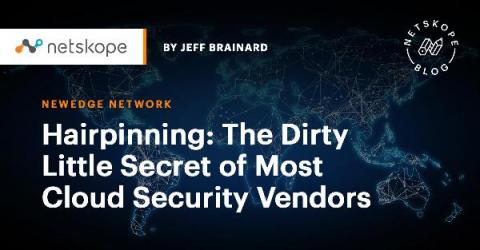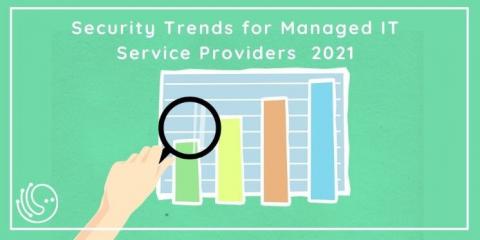Weekly Cyber Security News 12/02/2021
A selection of this week’s more interesting vulnerability disclosures and cyber security news. For a daily selection see our twitter feed at #ionCube24. Three quite interesting articles this week. The first is unsettling, if it wasn’t for someone spotting it in progress and was able to counteract the activity, who knows what might have happened. The question is then, who did it?











